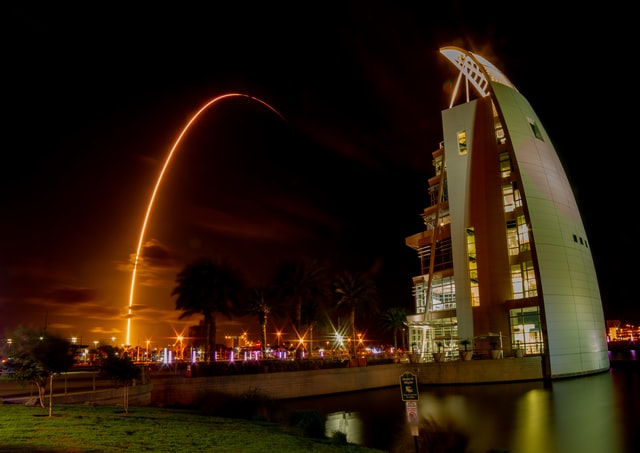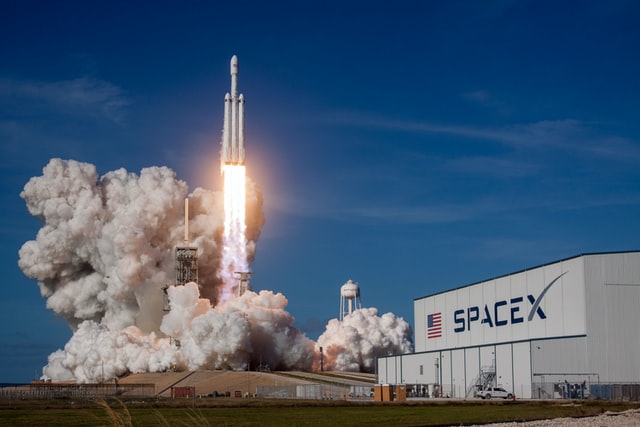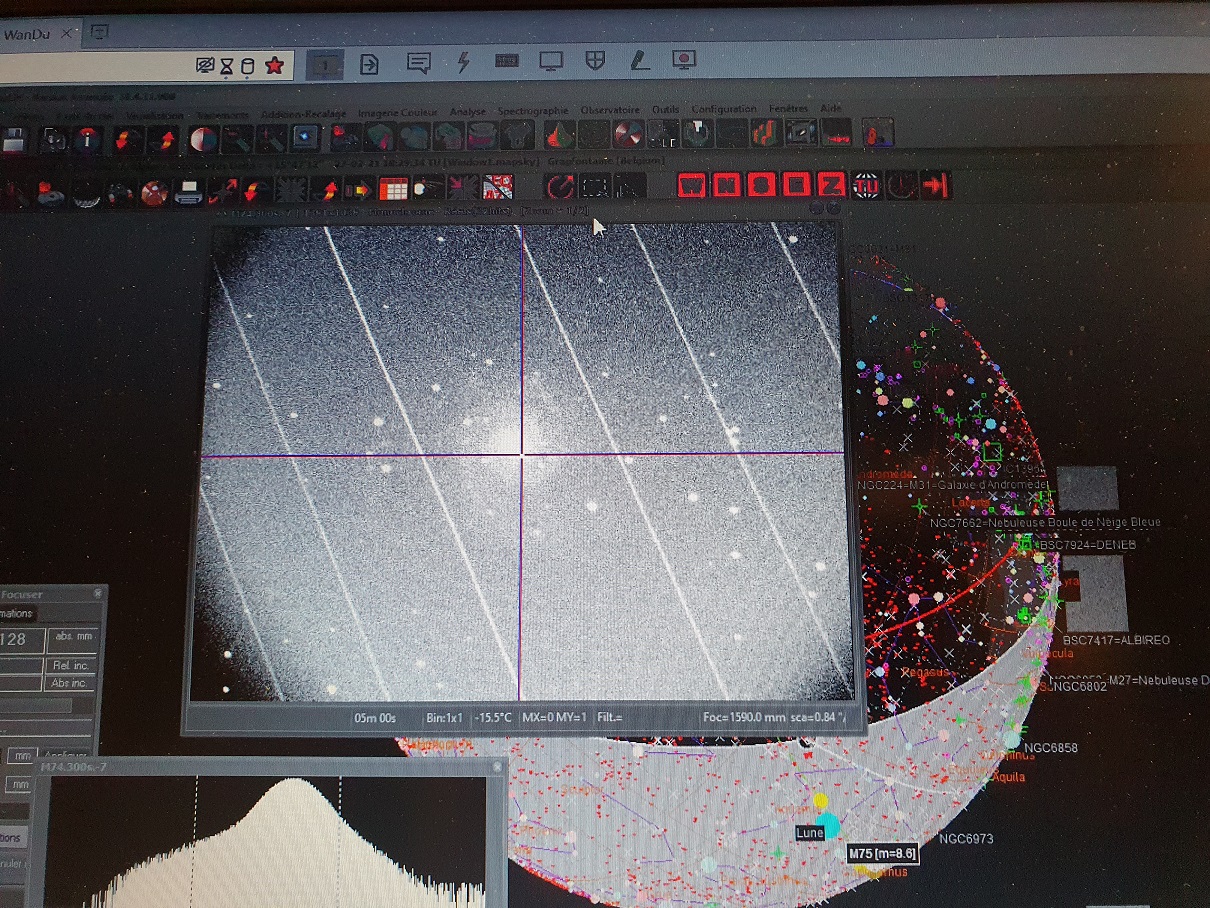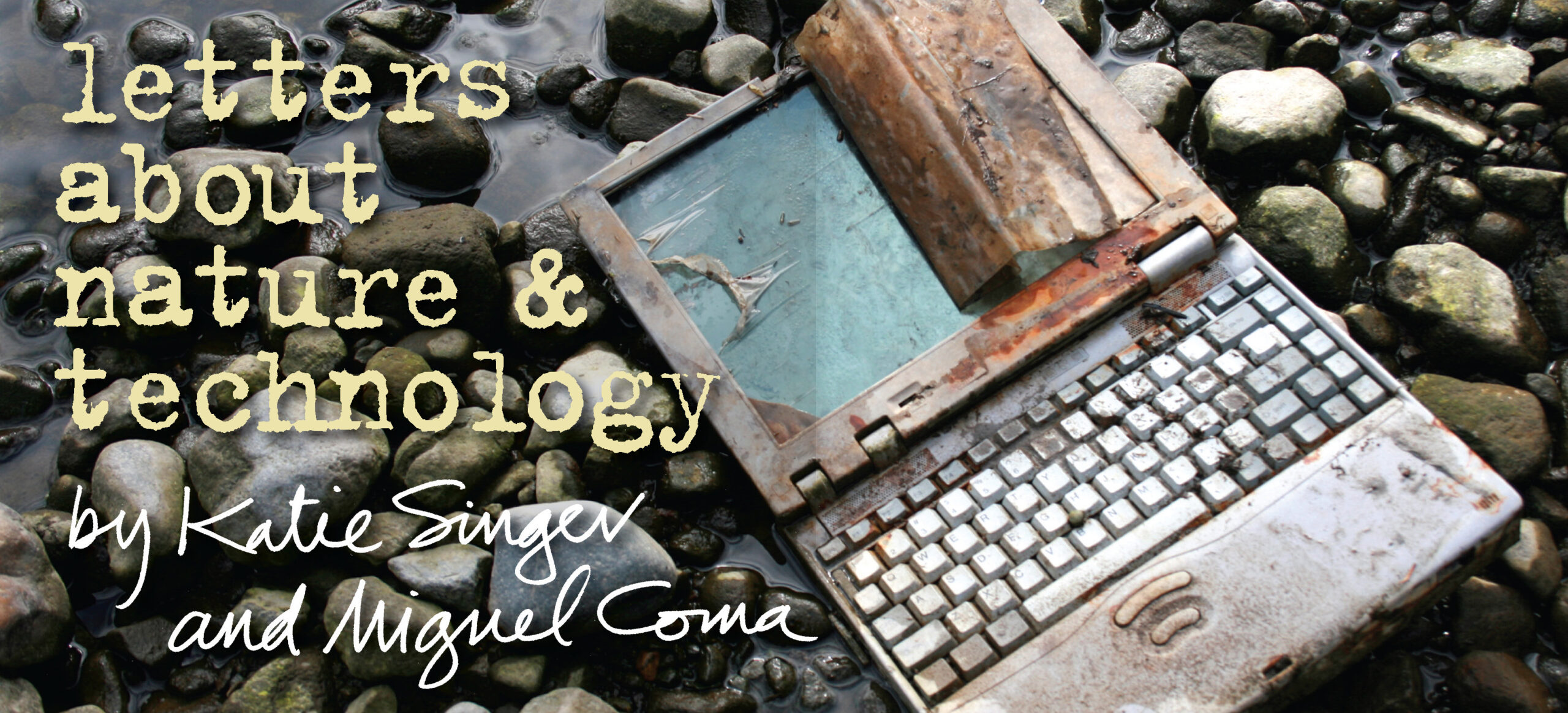Satellite Constellations to dominate the Stars
PART I: to whom does it make sense?

A falcon 9 rocket can launch 60 Starlink satellites at a time.
Photo credit: Bill Jelen
by Miguel Coma
The sky: a part of divinity and life
We humans have always looked to the sky to find peace of mind or connect to something larger than ourselves. Crucial elements required to create life can be found inside the furnace of stars: we are stardust. Since life began on Earth, living creatures have evolved in relation to electro-magnetic fields emitted by the Sun, the Earth and lightning.
The atmosphere: our tiny habitat
The Earth’s atmosphere helps create the right temperature, pressure and chemical conditions for life. It also protects us from the sun’s harmful ultraviolet emissions. If Earth was the size of an apple, the atmosphere would be 1/20th of the apple’s skin. Space begins at the Kármán line, only 100 km (62 miles) above sea level. If you ever cross deserted land, the closest human beings might be astronauts in the International Space Station, passing 420 km above your head.

Constellations of satellites
A satellite is an object that follows an orbit (path) around a planet or a star. The Moon is the Earth’s only natural satellite. Since the USSR launched Sputnik-1 in 1957, artificial satellites have orbited the Earth. They offer services in telecommunications (voice, data, radio, television), navigation (such as GPS), scientific monitoring of the Earth (weather, climate, life), astronomy, map making, military and intelligence. A satellite constellation uses multiple satellites to cover larger areas on the ground. The further from the Earth, the wider the area that the satellite can cover. Yet, most constellations use Low Earth Orbits (LEO, at altitudes of 160 km – 2,000 km); some use Medium Earth Orbits (MEO, at 2,000 km – 36,000 km). Geostationary Orbit (GEO) satellites keep a stationary position 36,000 km above the same spot on Earth. A TV satellite dish always points to the same GEO broadcasting satellite. The most recent Internet service constellations use LEO orbits.
Satellite constellations can have notable differences. Let’s look at two extremes: O3B, the MEO constellation built by the French Thales Group and Starlink, the LEO constellation built by Elon Musk’s SpaceX. Starlink offers a better latency (20 ms) than O3B (125 ms). (Latency is the time used to transport data.) But low latency with LEO comes with a high price: each satellite can only service a small part of the Earth’s surface. O3B covers most of the Earth’s inhabited ground and sea areas with just 20 satellites—while Starlink’s plans include 42,000 satellites!
To connect to a satellite constellation, every user needs a device, such as a satellite phone (i.e. Globalstar, Iridium) or a satellite dish (O3B, Starlink, OneWeb). Lynk’s LEO constellation promises text messaging using regular, unmodified mobile phones.
How do they work?
Each constellation is different. To connect to the Internet, Starlink users need their own satellite dish. O3B and OneWeb customers can use their smartphone or laptop on a satellite-connected cruise ship, offshore oil platform or via a cell phone antenna. The dish and satellite contain hundreds of tiny antennas called a phased array or a massive Multiple Input-Multiple Output antenna (mMIMO). They produce concentrated beams of radiofrequencies (microwave radiation) steered in the users’ direction. MEO O3B satellites beams have a diameter of 700 km on the ground, while LEO Starlink beams might be just 14 km.
For long distance communication (i.e. a Zoom call between London and Chicago, or a text message between Hong Kong and Mexico City), satellites must communicate with each other. Inter-Satellite Links (ISL) using direct laser beams are ideal, but still experimental. Satellites can also interconnect through ground stations using radiofrequency signals (microwave radiation) between 12 gigahertz (GHz) and 75 GHz. These frequencies are higher than those used for Wi-Fi or 4G cell phones in order to allow a wider “data pipe:” they provide more spectrum and bandwidth and can transport data faster.
Is this 5G?
Telecommunication satellite constellations are often associated with terrestrial 5G mobile networks. Indeed, they share the same technology: satellite constellations and terrestrial 5G mobile networks use millimeter wave frequencies and massive MIMO beamforming antennas. However, a mobile network primarily uses fibre optic cables to connect its cell towers. (The connection from cell towers to end users are wireless.) Only rural areas that lack high-speed optical fibre might benefit from satellites to connect their cell towers. While satellites and 5G share technologies, there is no common definition of “5G”—so questions about 5G will always be debatable.
Why so many satellites?
Transporting data from a satellite dish on your roof to a satellite in space—and back—takes a fraction of a second. Most applications require this kind of speedy response time (latency). (In another article, I explained which applications require different latencies.) LEO satellites provide the best latency. MEO satellites can be used for any type of communication, but might not always provide the best user experience.
Over long distances, low orbiting satellites provide a lower latency than fibre optics. Light travels significantly faster in space and in the air (300,000 km/second) than inside a fibre optic cable (200,000 km/s). LEO satellite constellations therefore have an unbeatable advantage in latency over very long distances. When each millisecond counts, LEO can be a game changer—as in almost instantaneous stock trading between computers. Soon, all stock exchange platforms should be connected through space.
Because of increasing video demands, the telecom industry expects an exponential growth in Internet data traffic. While this trend is debated, there are actually indicators of slowdown; but mega-constellation operators would not want to bet wrong and under-size their networks. When the maximum data capacity (gigabits per second) of a satellite has been reached, more satellites must be launched. Saturation is likely to happen over densely populated areas. To reduce loads on existing satellites, more must be added.
The race for low latency combined with an increasing demand for data is the perfect recipe to justify deployment of tens of thousands of new LEO satellites. A handful of companies plan to launch them in the next few years.
How many satellites should we expect?

Elon Musk’s company SpaceX launched a rocket every 9 days on average this year.
Photo credit: SpaceX
So far, OneWeb (UK) plans the largest constellation. OneWeb has applied to the U.S. Federal Communications Commission to launch 48,000 satellites. SpaceX Starlink (USA) plans 42,000 satellites. CASC GW (China) plans 13,000, and Amazon Kuiper (USA) aims for 3,000. Plans for other constellations remain smaller, so far. We can expect a total of more than 100,000 low-orbiting satellites! This is nine times the amount of objects ever launched into space in 64 years, and 40 times the current number of 2600 LEO satellites.
The war of constellations: I’ll miss you, Cassiopea
Belgian astronomer Giles Robert, Director of the Centre Ardenne Observatory, has said: “The starry sky is the common landscape of all the peoples of the Earth in all places and since all times.”[i] If current plans to launch satellites are carried out, there will be ten times more LEO satellites than the 9000 stars visible to the naked eye. On average, each square degree in the sky will see two satellites.
Now, the ambition of a handful of billionaires will soon blend nature’s constellations into a frantic ballet of fast-moving antennas. What can stargazers do? Let’s remind these CEOs and their shareholders of UNESCO’s 1994 Universal Declaration of Human Rights for Future Generations: “Persons belonging to future generations have the right to an uncontaminated and undamaged Earth, including pure skies.”

The inevitable damage of satellite mega-constellations on astronomy is already visible.
Several astronomers’ associations claim that satellite mega-constellations will inevitably damage astronomical observations with a new kind of light pollution. Every satellite will leave a long trail that can completely ruin observation of the stars, planets, moons, galaxies, comets, nebulae and more.
Professional astronomers observe visible light from the cosmos as well as natural radiofrequencies. According to a 2021 report from Nature, satellite constellations’ radio frequency emissions seriously threaten astronomers’ observations because of their interference with natural emissions.
Man-made constellations also ignore the needs and contributions of amateur astronomers. Amateurs track asteroids that could fall on Earth and cause true disasters. Increasing numbers of satellites increase risk of undetected cataclysms.
Elon Musk, the wealthiest man in the galaxy, Starlink’s controller-in-chief, is not a scientist. His lucrative realizations in business do not prevent him from making inaccurate statements about modern astronomy. Musk has said that all telescopes should eventually be in space, and that his satellites will have near-zero impact on discoveries in astronomy. Actually, space-based telescopes are extremely expensive. They can complement but never replace ground telescopes. Although Starlink is making efforts to reduce the impact on astronomy by slightly reducing the reflection of their satellites (painting their solar panels would render them dysfunctional), the damage to scientific data is inevitable.
In Part II, I will describe how satellite constellations impact the environment, climate, weather forecasts and health; how they generate debris in space; and the lack of governance over their deployment or use.
Erratum, posted August 26, 2021: OneWeb has downsized its original plan to operate 48,000 satellites to 7,000 satellites.
This article’s conclusions remain.
Reference:
[i] Original quote in French: “Le ciel étoilé est le paysage commun de tous les peuples de la Terre en tous lieux et depuis toutes les époques.” Presentation by astronomer Giles Robert on light pollution at a round-table organized by MEP Michèle Rivasi on February 20 2020.
Miguel Coma is an engineer in telecommunications and an Information Technology architect. After over two decades of professional activity in various industries, he began to write, speak and consult about our digital environmental footprint. He believes in peoples’ potential to use technology wisely and create sustainable progress.
